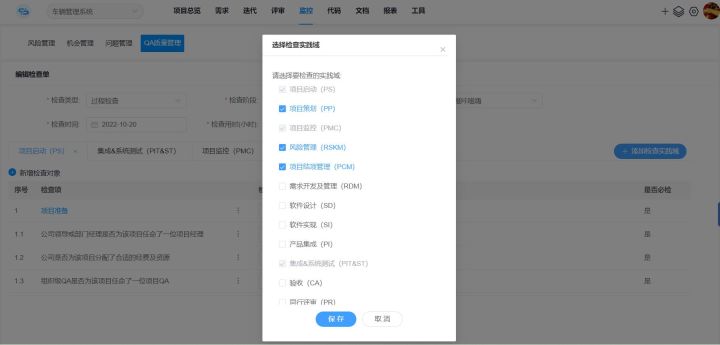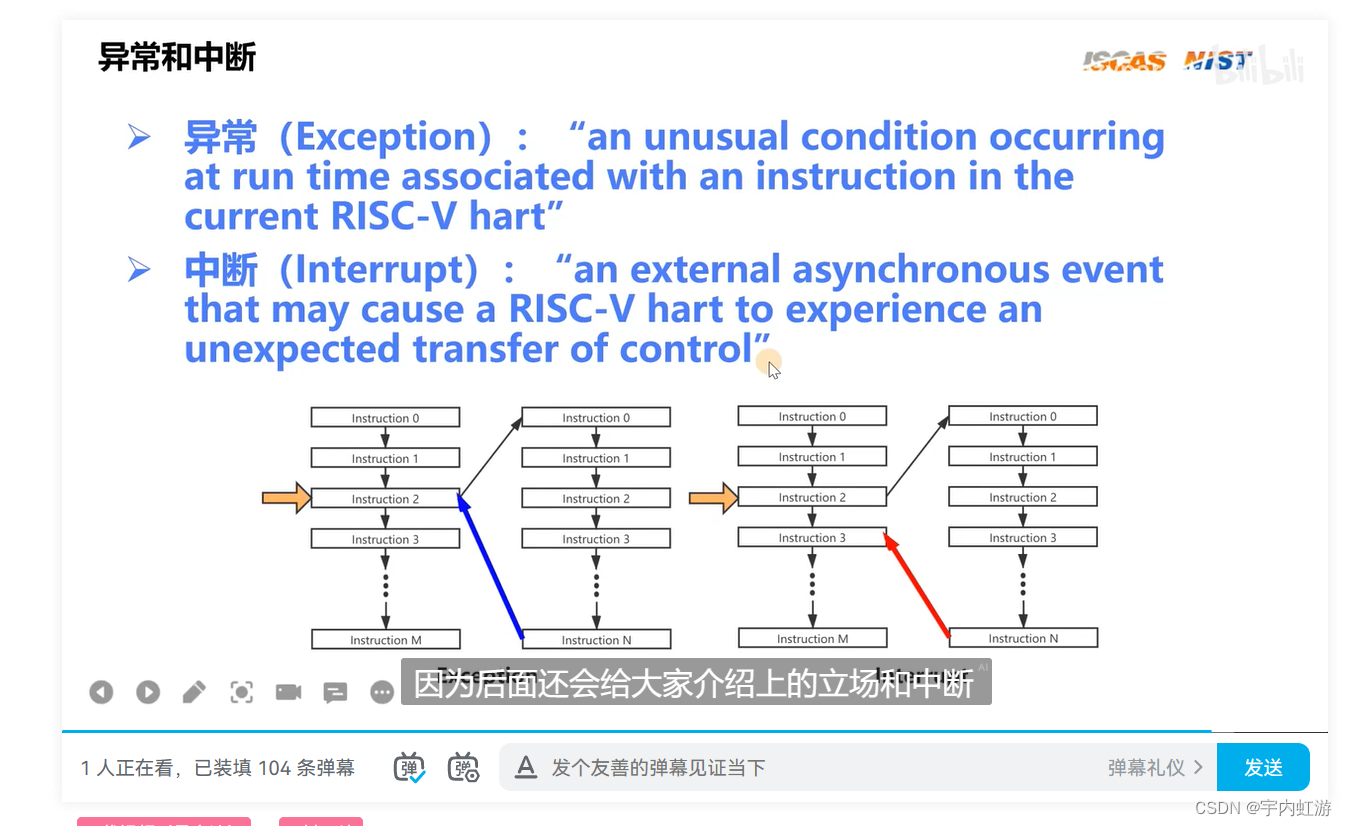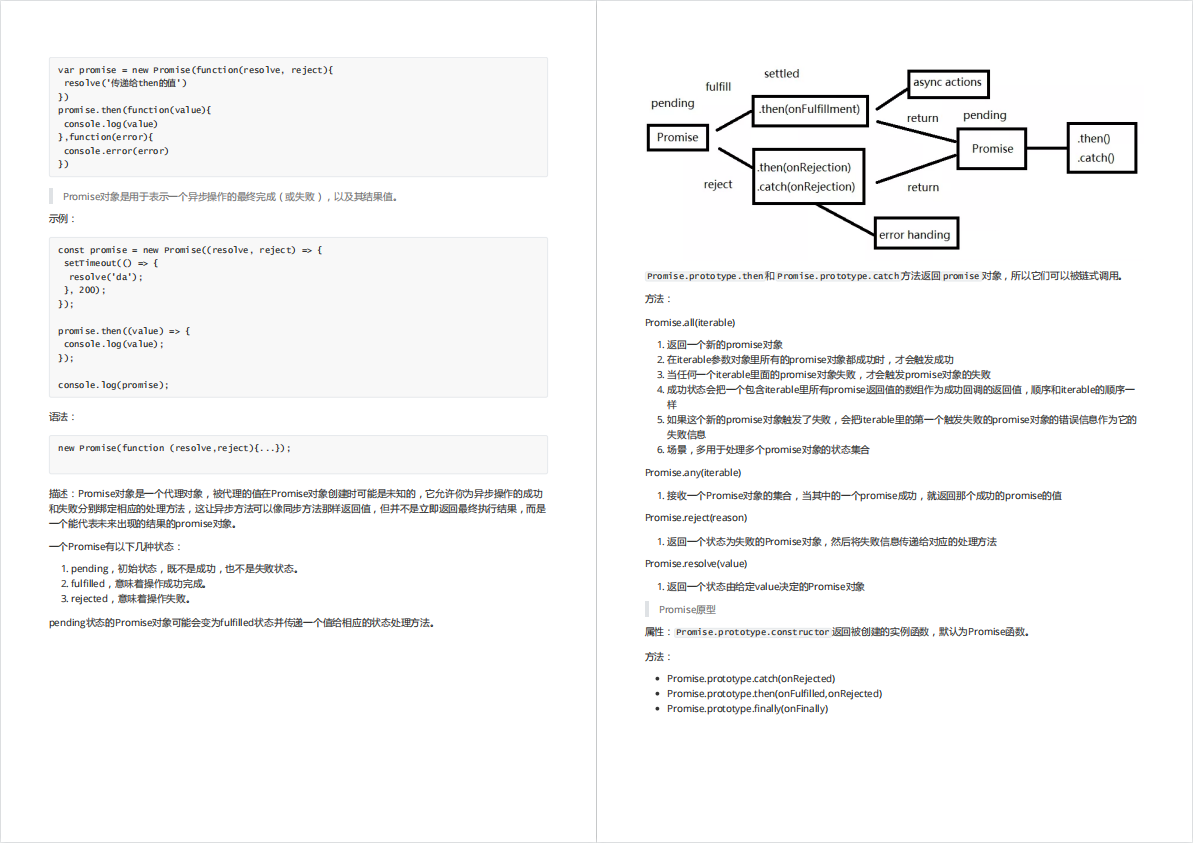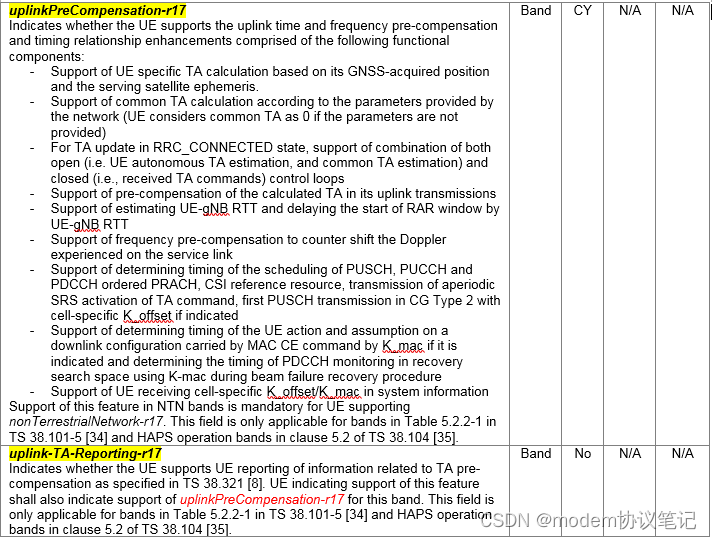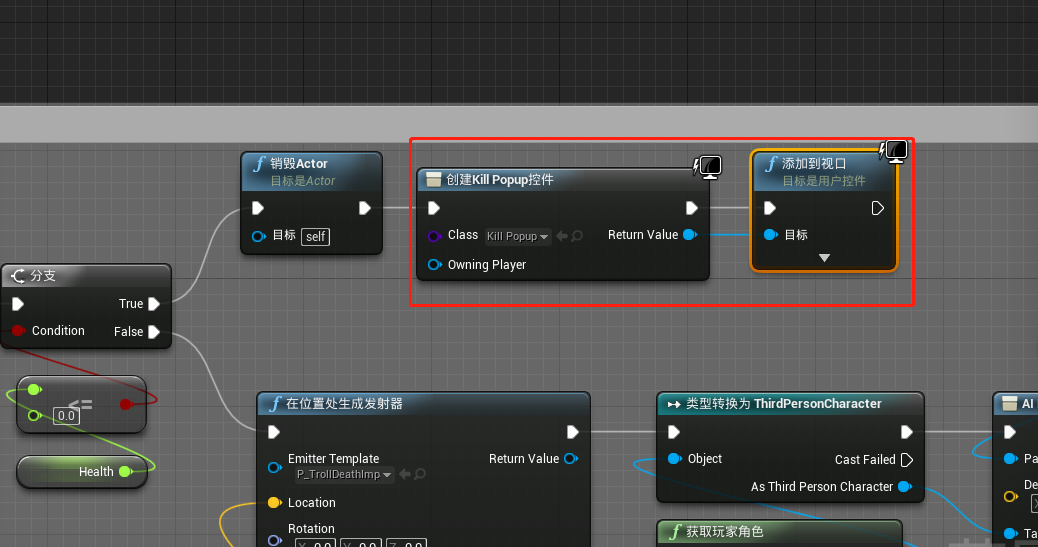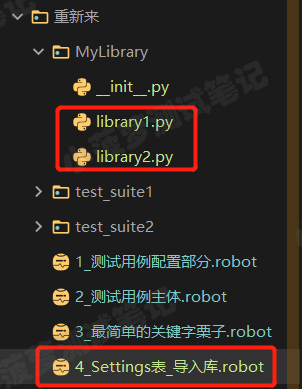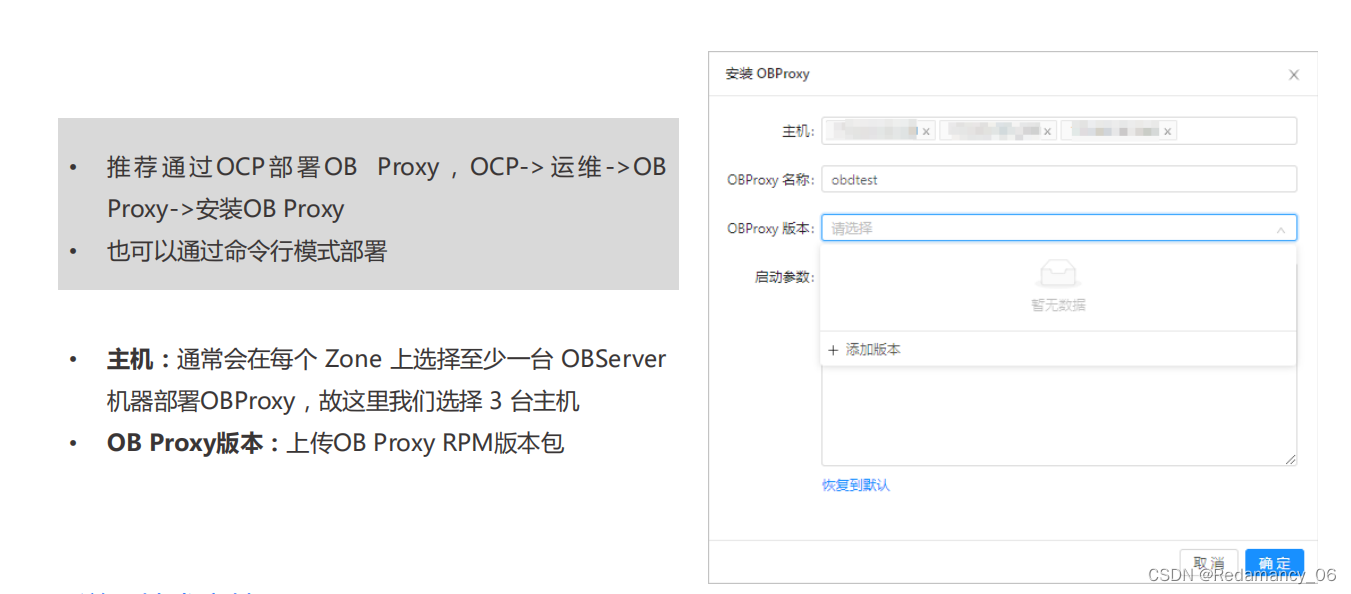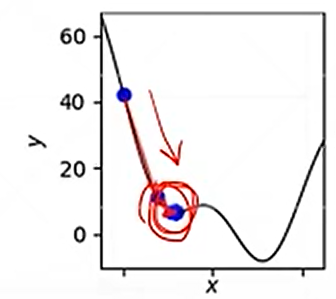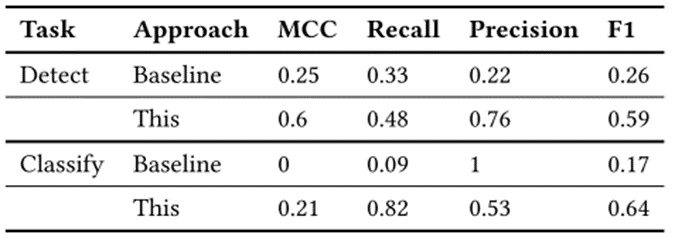本文主要介绍了Python中zipfile压缩包模块的使用,zipfile 模块提供了创建、读取、写入、添加及列出 ZIP 文件的工具,本文做一个简单的总结。

简介
ZIP 文件格式是一个常用的归档与压缩标准,zipfile 模块提供了创建、读取、写入、添加及列出 ZIP 文件的工具
此模块目前不能处理分卷 ZIP 文件,支持解密 ZIP 归档中的加密文件,但是目前不能创建一个加密的文件。解密非常慢,因为它是使用原生 Python 而不是 C 实现的
压缩文件
class zipfile.ZipFile(file, mode='r', compression=ZIP_STORED, allowZip64=True, compresslevel=None, *, strict_timestamps=True):ZipFile 对象,compression指定压缩模式
ZipFile.write(filename, arcname=None, compress_type=None, compresslevel=None):写入压缩文件,filename为原文件名,arcname为存档文件名,compress_type指定压缩模式
| 压缩模式 | 含义 |
|---|
| ZIP_STORED | 不压缩,默认值 |
| ZIP_DEFLATED | 常用的 ZIP 压缩 |
| ZIP_BZIP2 | BZIP2 压缩 |
| ZIP_LZMA | LZMA 压缩 |
| 1 2 3 4 5 6 7 8 9 10 | import random
import zipfile
with open('1.txt', mode='w') as f:
for _ in range(1000):
f.write(str(random.random()) + '\n')
with zipfile.ZipFile('1.zip', mode='w', compression=zipfile.ZIP_DEFLATED) as zf:
zf.write('1.txt')
zf.write('1.txt', '2.txt', zipfile.ZIP_STORED) # 原文件名1.txt,存为2.txt,不压缩
|
效果

解压文件
ZipFile.namelist():返回按名称排序的文件列表
ZipFile.extract(member, path=None, pwd=None):解压文件到指定目录
| 1 2 3 4 5 | import zipfile
with zipfile.ZipFile('1.zip') as zf:
for filename in zf.namelist():
zf.extract(filename, '.')
|
是否ZIP文件
调用 zipfile.is_zipfile(filename)
是一个有效的 ZIP 文件返回 True,否则返回 False,压根不存在返回 False
| 1 2 3 4 5 6 7 | import zipfile
for filename in ['1.txt', '1.zip', '2.zip']:
print(filename, zipfile.is_zipfile(filename))
# 1.txt False
# 1.zip True
# 2.zip False
|
读取元数据
ZipFile.namelist():返回按名称排序的文件列表
ZipFile.getinfo(name):返回一个 ZipInfo对象
| 1 2 3 4 5 6 7 8 9 10 11 12 13 14 15 16 17 18 19 20 | import zipfile
with zipfile.ZipFile('1.zip', 'r') as zf:
print(zf.namelist()) # 文件列表
for info in zf.infolist():
print(info)
print(info.filename) # 文件名称
print(info.date_time) # 修改时间,可用datetime.datetime(*info.date_time)
print(info.compress_type) # 压缩类型,值为zipfile.ZIP_STORED、ZIP_DEFLATED、ZIP_BZIP2、ZIP_LZMA
print(info.comment) # 注释
print(info.extra) # 扩展字段数据
print(info.create_system) # 创建所用系统,0为Windows,3为Unix
print(info.create_version) # 创建所用PKZIP版本
print(info.extract_version) # 提取所用PKZIP版本
print(info.flag_bits) # 标志位
print(info.volume) # 文件头的分卷号
print(info.compress_size) # 已压缩的数据大小
print(info.file_size) # 未压缩的数据大小
print()
|
从其他数据源压缩文件
ZipFile.writestr(zinfo_or_arcname, data, compress_type=None, compresslevel=None):将一个文件写入压缩文件
| 1 2 3 4 5 6 7 | import random
import zipfile
data = ''.join([str(random.random()) + '\n' for i in range(1000)])
with zipfile.ZipFile('1.zip', mode='w', compression=zipfile.ZIP_DEFLATED) as zf:
zf.writestr('1.txt', data)
|
写入ZipInfo
class zipfile.ZipInfo(filename='NoName', date_time=(1980, 1, 1, 0, 0, 0)):压缩文件成员信息类
| 1 2 3 4 5 6 7 8 9 10 11 12 | import time
import random
import zipfile
data = ''.join([str(random.random()) + '\n' for i in range(1000)])
with zipfile.ZipFile('1.zip', mode='w', compression=zipfile.ZIP_DEFLATED) as zf:
info = zipfile.ZipInfo('1.txt', date_time=time.localtime(time.time()))
info.compress_type = zipfile.ZIP_DEFLATED
info.comment = b'a comment'
info.create_system = 0
zf.writestr(info, data)
|
效果
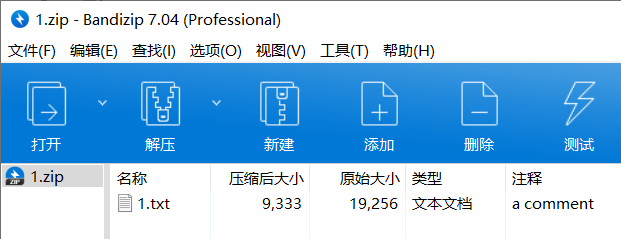
追加文件
把 ZipFile 的 mode 改为追加模式 a
| 1 2 3 4 5 6 7 8 9 | import random
import zipfile
with open('2.txt', mode='w') as f:
for _ in range(1000):
f.write(str(random.random()) + '\n')
with zipfile.ZipFile('1.zip', mode='a') as zf:
zf.write('2.txt')
|
创建包含Python库的ZIP
class zipfile.PyZipFile(file, mode='r', compression=ZIP_STORED, allowZip64=True, optimize=-1):用于创建包含 Python 库的 ZIP 类
zipfile_pyzipfile.py
| 1 2 3 4 5 6 7 8 9 10 11 12 13 | import sys
import zipfile
with zipfile.PyZipFile('pyzipfile.zip', mode='w') as zf:
zf.debug = 3
zf.writepy('.')
for name in zf.namelist():
print(name)
sys.path.insert(0, 'pyzipfile.zip')
import zipfile_pyzipfile
print('Imported from:', zipfile_pyzipfile.__file__)
|
到此这篇关于Python中zipfile压缩包模块的使用的文章就介绍到这了,如有问题可在评论区讨论。



